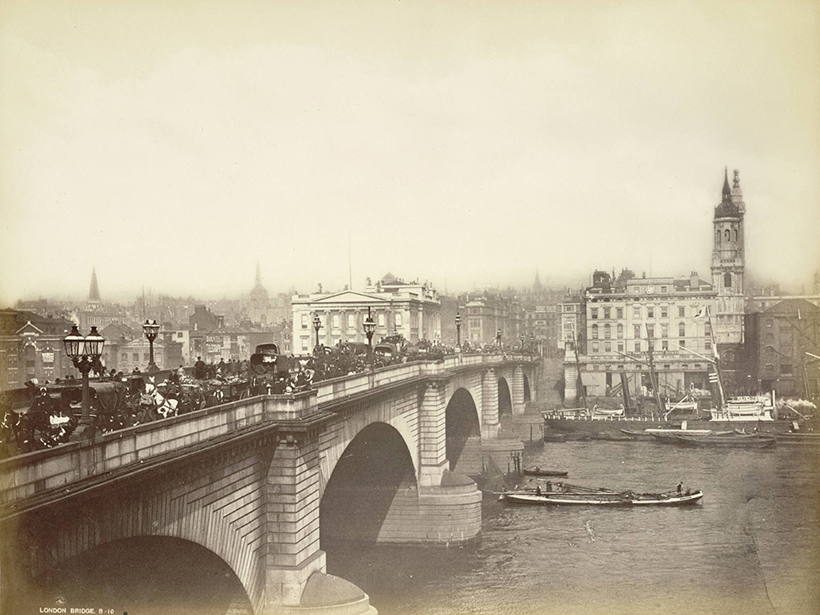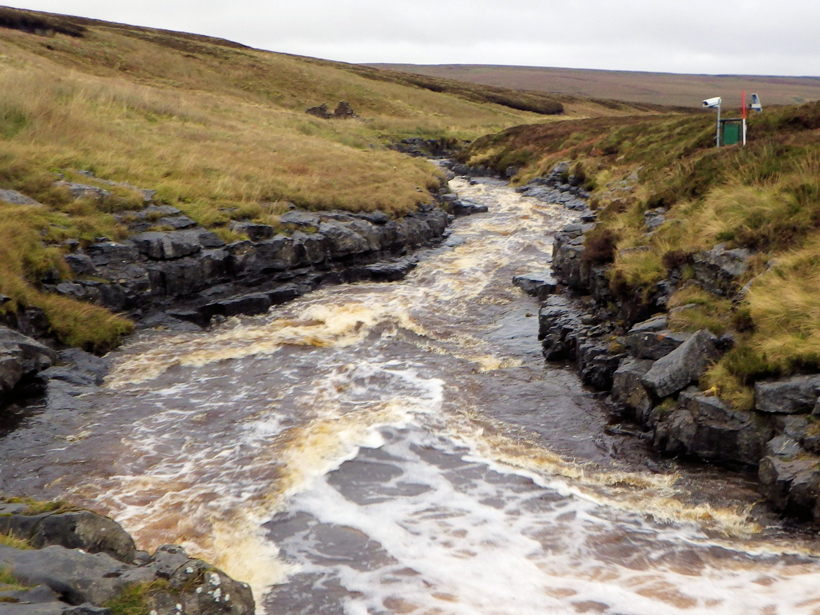The first comprehensive analysis of what the sarsen stones are made of came about with new technology—and good old-fashioned luck.
England
Posted inResearch Spotlights
The River Basin’s Tale: Carbon Transport Along the Thames
A study finds that population growth during urbanization and World War II–era plowing fed additional carbon into the Thames River Basin.
Posted inResearch Spotlights
How Do Rivers Flow over Bedrock?
A study questions whether the hydraulics of rivers that lack loose sediments along their bottoms can be accurately depicted by standard equations for flow over sediment.
Posted inNews
Plague Bug May Have Lurked in Medieval England Between Outbreaks
A new analysis of climate records in England and Europe’s Low Countries suggests that the disease-causing bacterium persisted in rodents between recurrences in people.
Posted inResearch Spotlights
A Noninvasive Way to Study Groundwater-Dependent Ecosystems
Scientists used a noninvasive method to study the substructure of delicate groundwater-dependent ecosystems.





